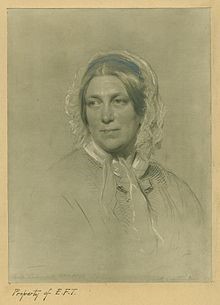
Harriet Martineau was born in Norwich, England on the 12th of June 1802. Martineau was considered as the first female sociologist. She was a writer, publisher, philosopher and traveller.
Harriet Martineau and her 7 siblings a high standard of childhood education, but she had to overcome deafness, plus the loss of her senses of smell and taste from a young age. Her father died when she was in her early twenties, which left her family poor, so Martineau earned money through writing and doing needlework. She gained popularity when writing a series of short stories interpreting political economy. Her work was printed in magazines and pamphlets, and was well regarded in London at the time of publication.
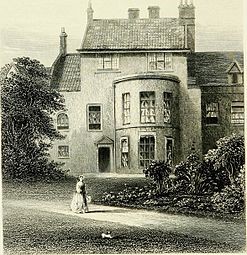
The house in which Harriet Martineau was born and raised in (source)
Harriet won many awards for her writing, although they were considered controversial. She was an example of a successful and popular working woman writer of the Victorian era. She published over 50 books and over 2,000 articles in her lifetime. Harriet achieved many financial successes through her work and supported herself by writing. Harriet never married or had children.
She spent two years touring the United States, and from this, she realised that slavery was widely enforced by most of the population. She observed this and helped abolish slavery by being a part of the Female Anti-Slavery Society in Boston and similar groups across the country. She and many other supporters were often placed in danger because of this and experienced widespread violence.
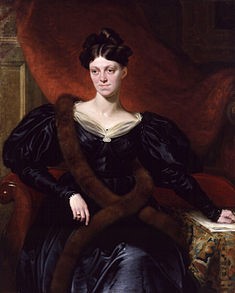
Martineau is still significant to sociologists today for many reasons:
She argued that when an individual studies society, they need to consider all aspects, these include political and religious.
She stated that analysis on society must include understanding of women’s rights.
She argued that sociologists should do more than just observe, they should also act in ways which benefit society.
Harriet was an advocate for voting rights, gender equality and higher education for women.
These were all demonstrated throughout her work and are still remembered today.
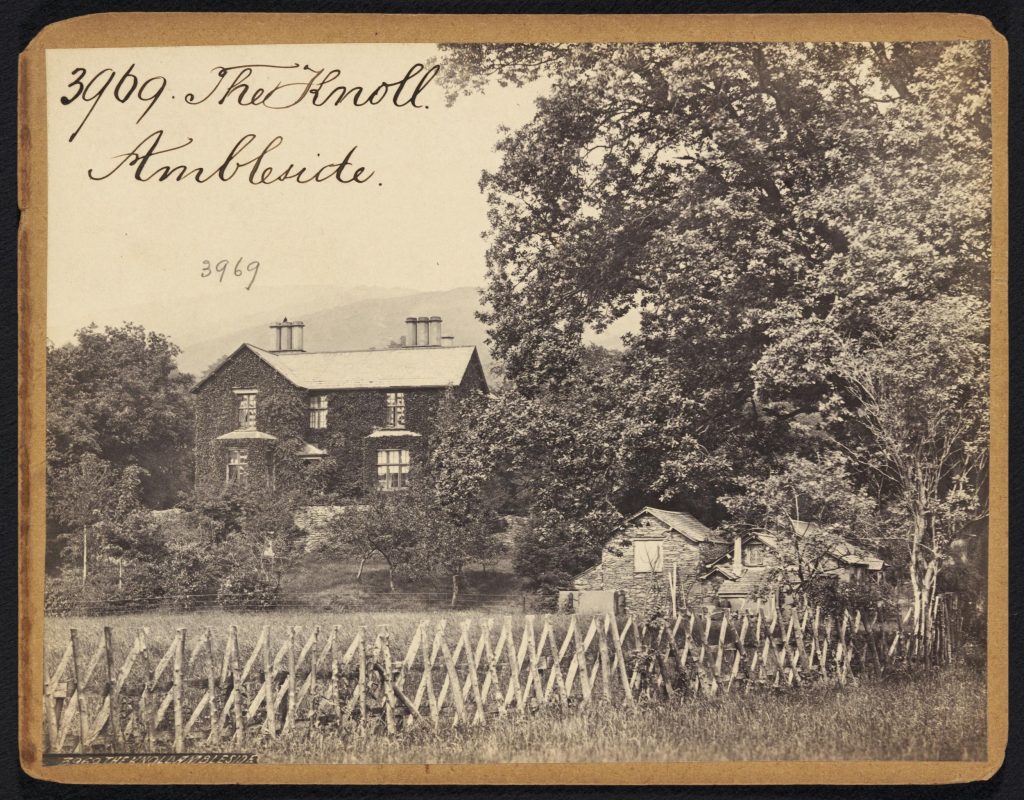
Harriet began to feel unwell during early 1855 and she was diagnosed with heart disease. She was convinced that she was about to die from heart failure, so she wrote a two volume autobiography over three months. She lived for another twenty-one years and continued her work. Martineau died on 27 June 1876 at the age of 74 from bronchitis. She died near Ambleside, Westmorland, in England, and her autobiography was published in 1877. Martineau was buried alongside her mother in Key Hill Cemetery, Hockley, Birmingham.
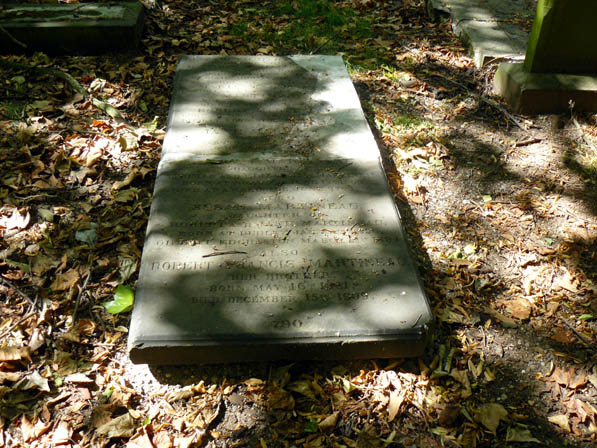
Further Reading
Biography of Harriet Martineau by Nicki Lisa Cole PhD
Harriet Martineau, video by Christian Norton on Youtube
Harriet Martineau by Working Class Movement Library
Harriet Martineau by The Martineau Society
Selected Works by Harriet Martineau
Society in America Volume I by Harriet Martineau (1834)
Society in America Volume II by Harriet Martineau (1837)
Harriet Martineau’s Autobiography by Harriet Martineau and Maria Weston Chapman (1877)


